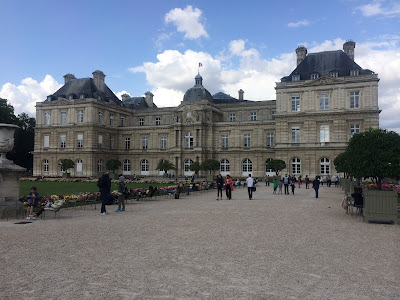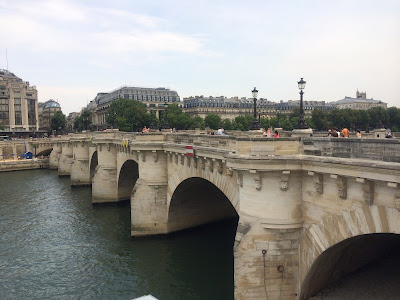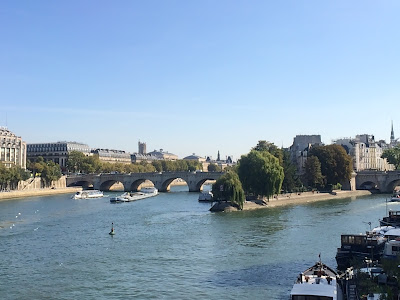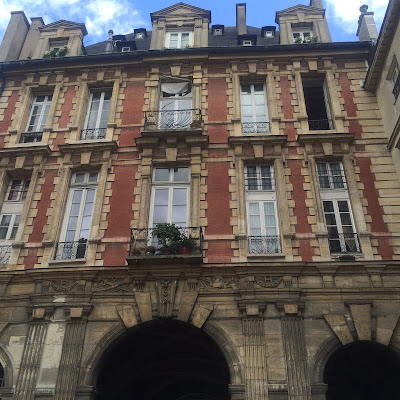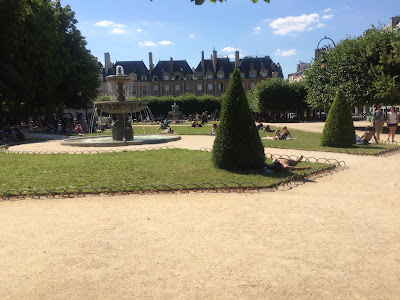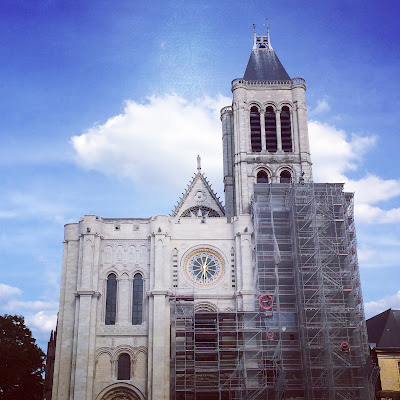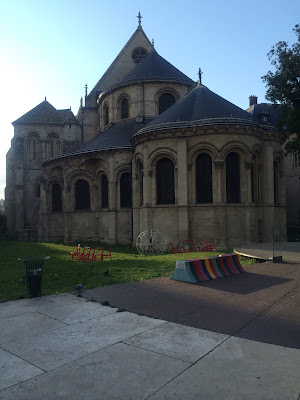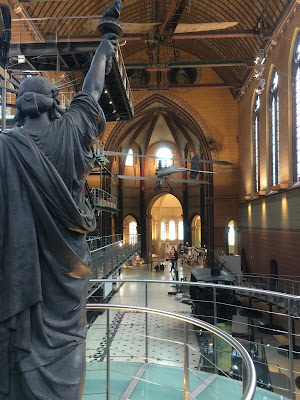The Louvre Museum
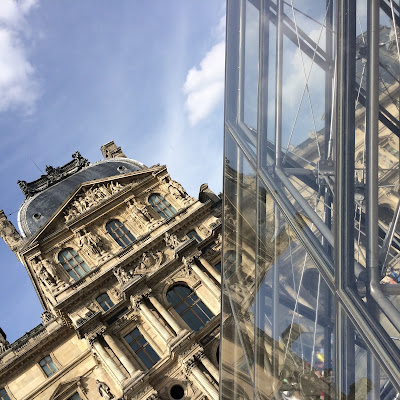 |
| Picture: Costa (2015) |
In 1190, King Philip II built a defense system to deal with the menace of the English in Paris. Then, besides a belt of walls, was made a castle with moats, towers and a central fortress (donjon), right in the center of the city. On top of this medieval wonder, a huge Renaissance royal palace, several administrative offices and an imperial residence for Napoleon would be built. Thus was born one of the greatest art museums in the world: The Louvre.
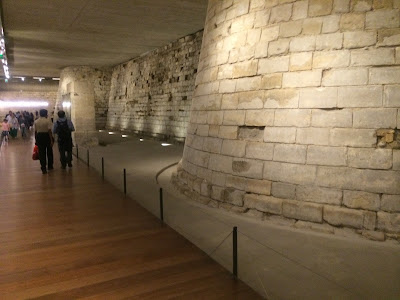 |
| Picture: Costa (2015) |
The remains of the old castle are accessible to visitors entering the museum, and are protected by a concrete slab made at the time of the last restoration of the Louvre (1989). The curious can enter the ruins and reach the central fortress, the donjon. This is the first section to visit the museum, just after the box office, which is under the Pyramid. In order to avoid the large crowds, the access to the side of the Arc-de-Triomphe of the Louvre's Carousel (map below) is used, where you first have to go inside a commercial gallery and then have access to the ticket office.
 |
| Map: Wikipedia (2016) |
After the ticket office, the museum gives you the options to begin your visit by one of three entrances: Sully (The Medieval Louvre exhibition in the basement and The Antique on the first floor), Richelieu (The French Sculptures exhibition and into the underground The Arts of Islam, Art Objects on the first floor) and Denon (The Sculptures from the 11th to the 15th Centuries, The Egypt and The Pre-Classic Greece, all in the basement, paintings on the first floor). It is imperative to take a map of the museum - in any language - right at the box office, because the magnitude of the Louvre may cause some estrangement.
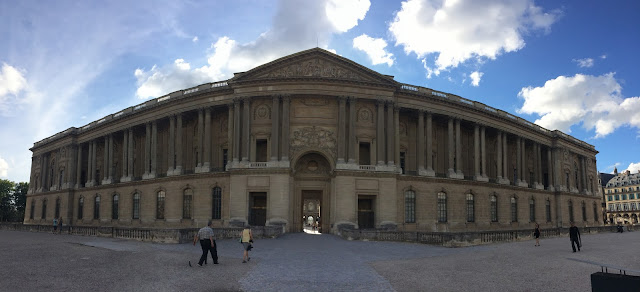 |
| Picture: Costa (2015) |
The Louvre Colonnade is the eastern façade of the museum, built in 1650 by Claude Perrault, to complete the closure of the quadrangular courtyard (
Cour Carrée) and as a prevision to make the apartments of Louis XIV. Its symmetrical appearance is legitimate of the French Renaissance. You will arrive at the
Cour Carrée (1549) passing through the central door. The courtyard and its façades are by Pierre Lescot, a wise architect who used Italian inspiration to start the French style.
 |
| Picture: Costa (2015) |
The Arc-de-Triomphe of the LouvreCarousel is the one, built in 1809 by Napoleon Bonaparte. This landmark celebrates the victory of the French in the Austerlitz Battle (1805) and has a strong influence from the triumphal arch of the Roman Empire, to tell by the scenes of wars carved in the faces of the monument, besides the quadriga that surrounds the upper part.
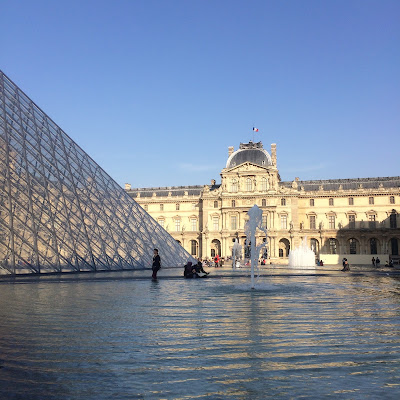 |
| Picture: Costa (2015) |
The Pyramid serves as the main entrance of the museum. It is surrounded by a mirror of water and three other smaller pyramids, generally serving as scenery for the tourists selfies, which are thousands, yet in the summer. But purity of form is what charms most in harmonizing with the former. The great court around it is called Cour Napoléon, which until 1871 was closed by another transverse building, the Tuileries Palace, burned down and destroyed at that time.
 |
| Picture: Costa (2015) |
The Pyramid project was commissioned from French President François Mitterrand in the 1980's. This solution is due to the architect I. M. Pei, who was entrusted with the task of creating a new entrance to the museum, since the old one could no longer support the crowds of tourists who visited the Louvre every day. Beneath the Pyramid, a large hall accommodates visitors, but the rise of the public in recent years continues to generate huge queues outside. For this, works are planned to improve access to the museum in 2017.
 |
| Picture: Costa (2015) |
The Louvre is so long that even an avenue goes through it, as you can see on the map, on the Carrousel Square. In addition, the museum is the beginning of the so-called Great Historic Axis, an urban line that passes through the Tuileries Garden, Concorde Square, Champs-Elysées Avenue, Arc-de-Triomphe of the Etoile Square, and goes to the district of La Défense, ending in the building known as Grande Arche. This path has been most traditional in Paris since Napoleon's city parades in the 19th century. On 14th July, the national holiday of France, it is on this axis that military troops parade and where aircraft fly in sumptuous aerial spectacles. Subway line 1 is always on its underground, with stations providing access to the Louvre: Louvre-Rivoli Station (with exit to the
Louvre Colonnade) and Palais Royal-Musée du Louvre Station (with access to the Louvre Carousel and Pyramid).

